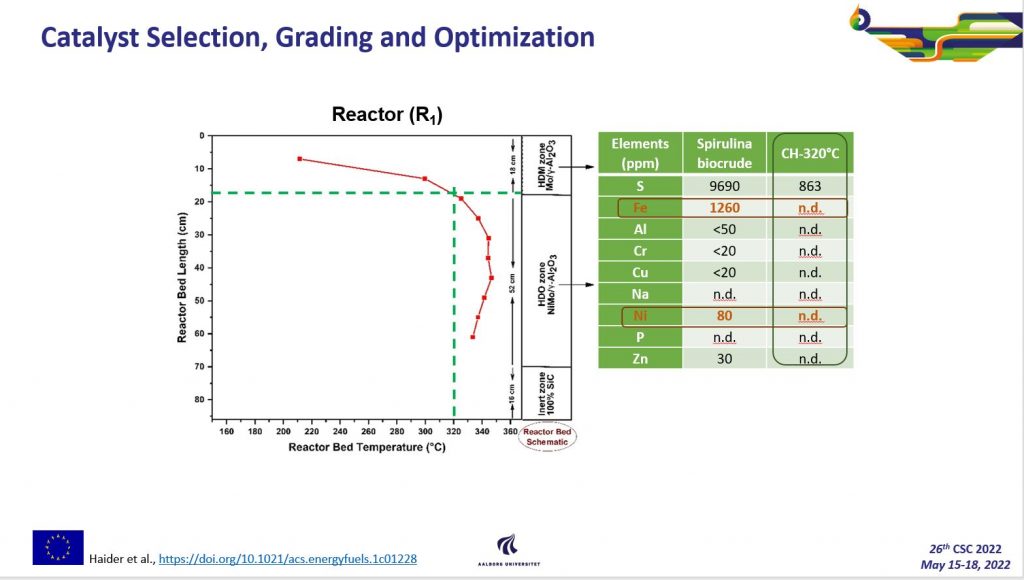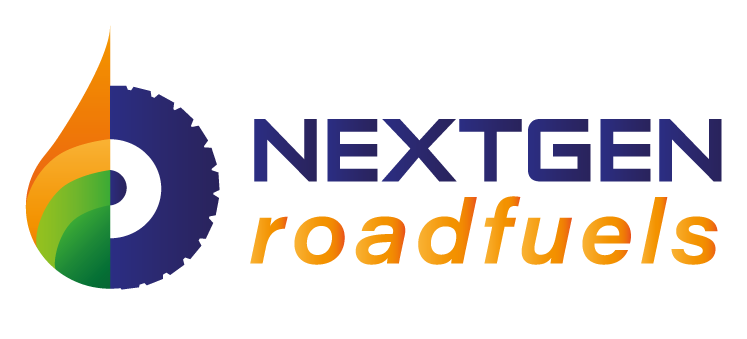
Between May 15-18th, Muhammad Salman Haider presented the NextGenRoadFuel project with an oral presentation at 26th Canadian Symposium on Catalysis2022.There, he discussed how catalyst grading and thermal stability information about HTL biocrudes can help to select right operating conditions during hydrotreatment and pave the way for smooth continuous hydroprocessing.” The title of the talk was, “Catalyst grading and knowledge of thermal stability: Two front approach for smooth continuous hydroprocessing of hydrothermal liquefaction biocrudes”.
Hydrothermal liquefaction (HTL) of 2nd and 3rd generation biomass opens up an unparalleled opportunity by converting wet/dry organic content with no lipid restriction into a high quality biocrude. In the meanwhile, the HTL biocrude reveals a most exciting scientific challenge to produce sustainable drop-in biofuels for long haul transportation. Serious efforts from last two decades brought out some promising results, but so far successful long term continuous hydroprocessing remains a myth. Biocrudes from HTL not only contain high amounts of oxygen (O) but also relevant amounts of nitrogen (N). The O-containing compounds make the biocrude thermally unstable and enhance exothermicity during hydroprocessing. At the same time, N-containing compounds need higher temperatures for their removal during hydroprocessing.
To overcome the short coming from the present literature a novel method was defined and successfully used to understand much better the thermal stability of the HTL biocrude from Spirulina algae and the control of exothermicity during continuous hydrotreatment. A two-front approach was used during continuous hydroprocessing, where the knowledge of biocrude thermal stability and the catalyst grading in the reactor bed (three different catalysts from low to high activity) were utilized to stop coke formation and to control exothermicity. Overall impact of this work will demonstrate for the first time, the results of a successful continuous hydroprocessing campaign (~ 350 h on stream) for 3rd generation biocrudes. Finally, this rational approach produced real drop-in biofuels and successfully overcame the unforeseen challenges during continuous hydroprocessing of HTL biocrudes. This study will also document how the understanding and the choice of a right catalyst will make it possible to achieve rather ambitious targets.
To read the full abstract click here
